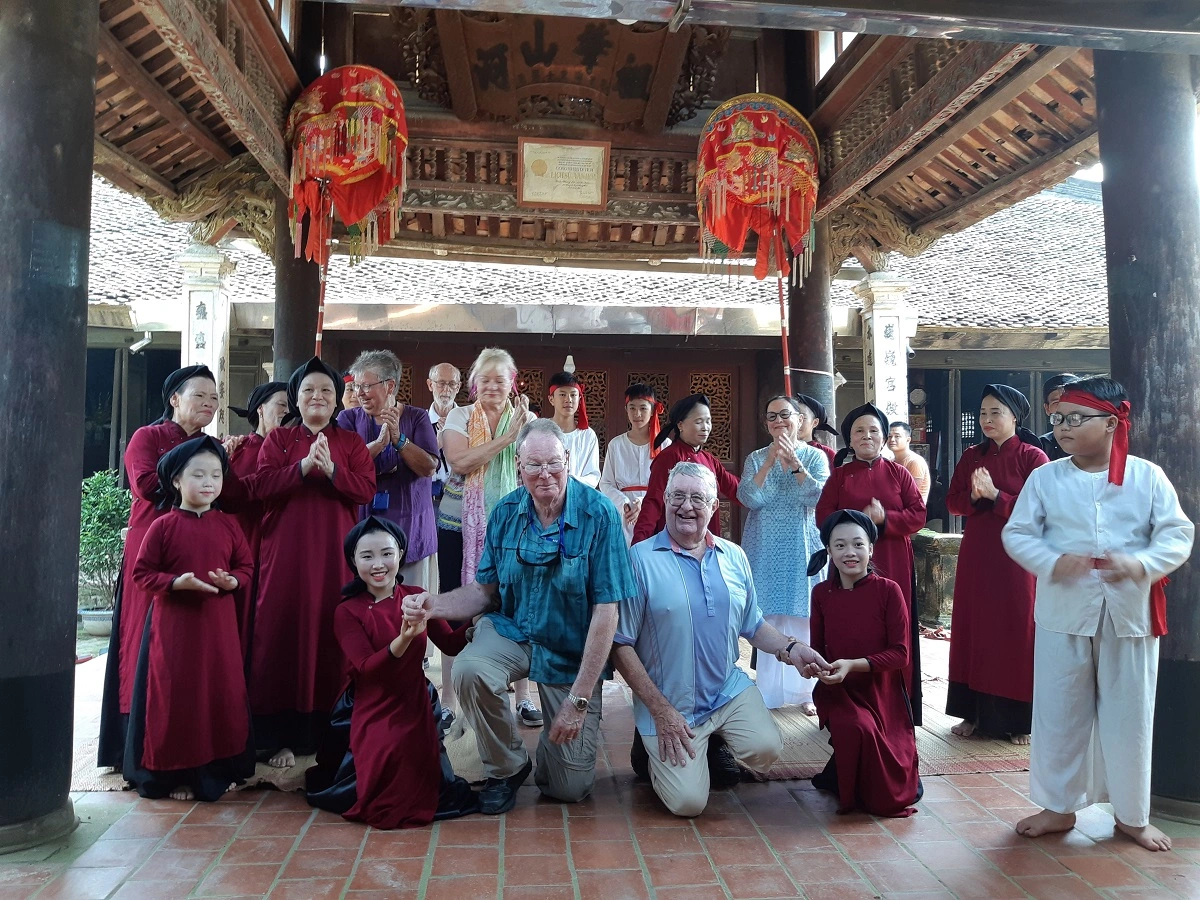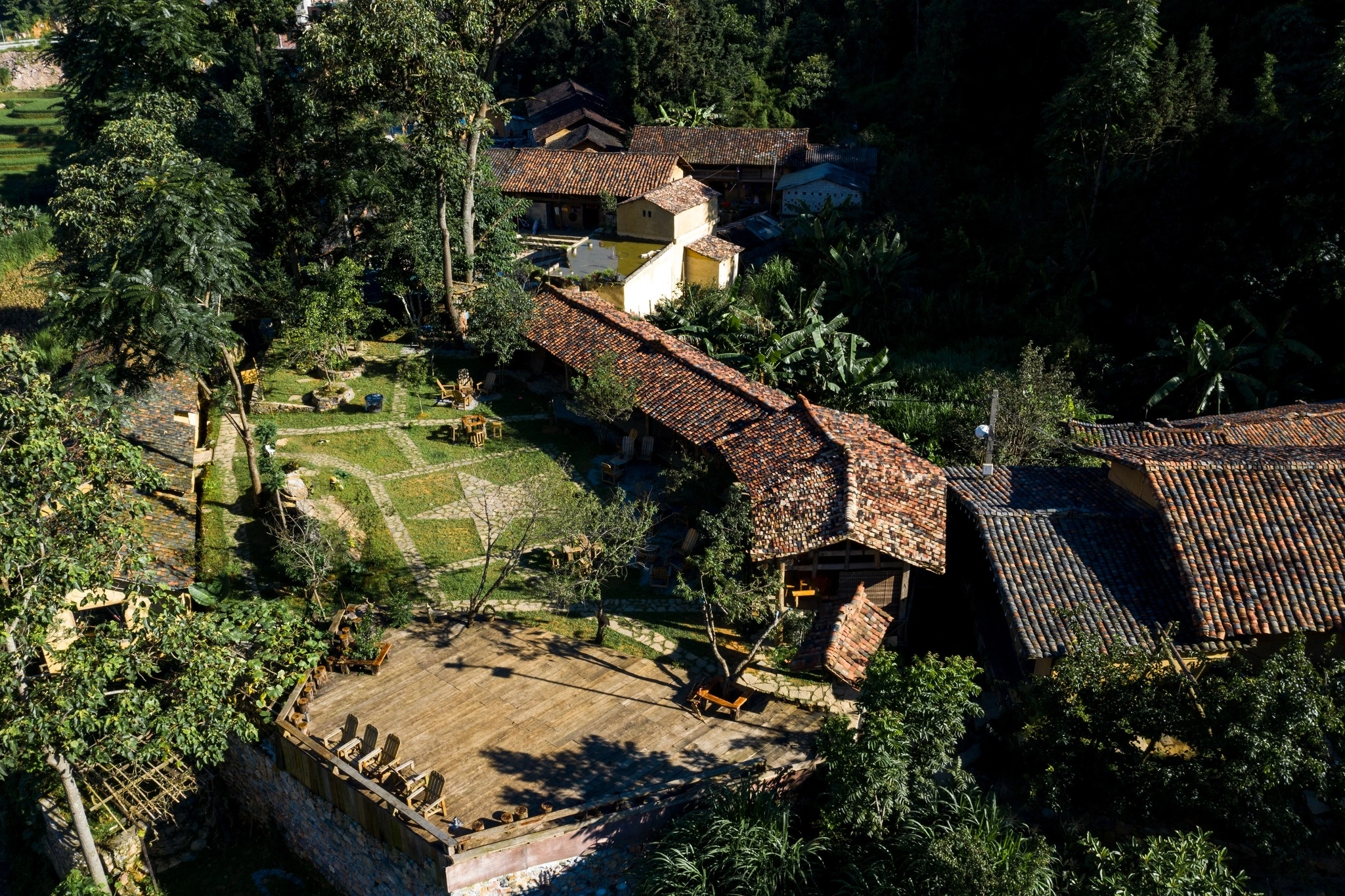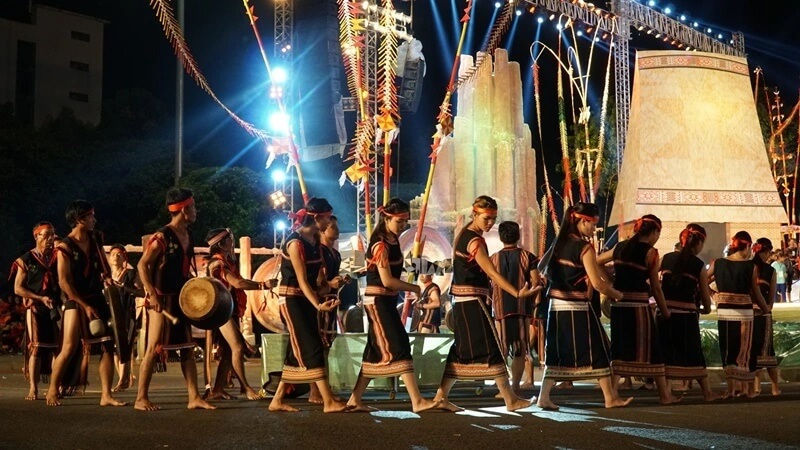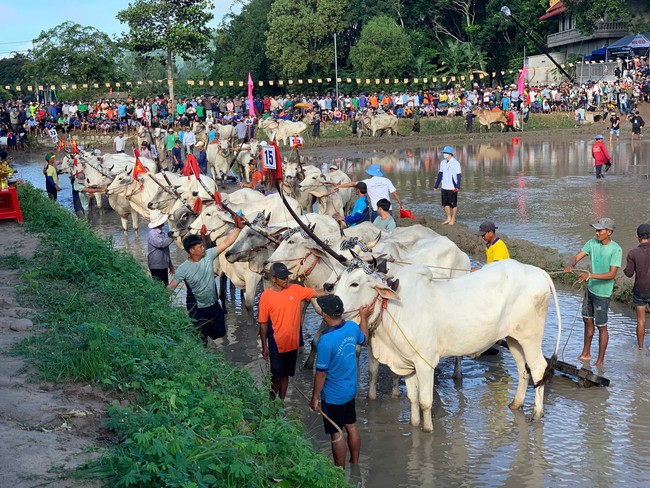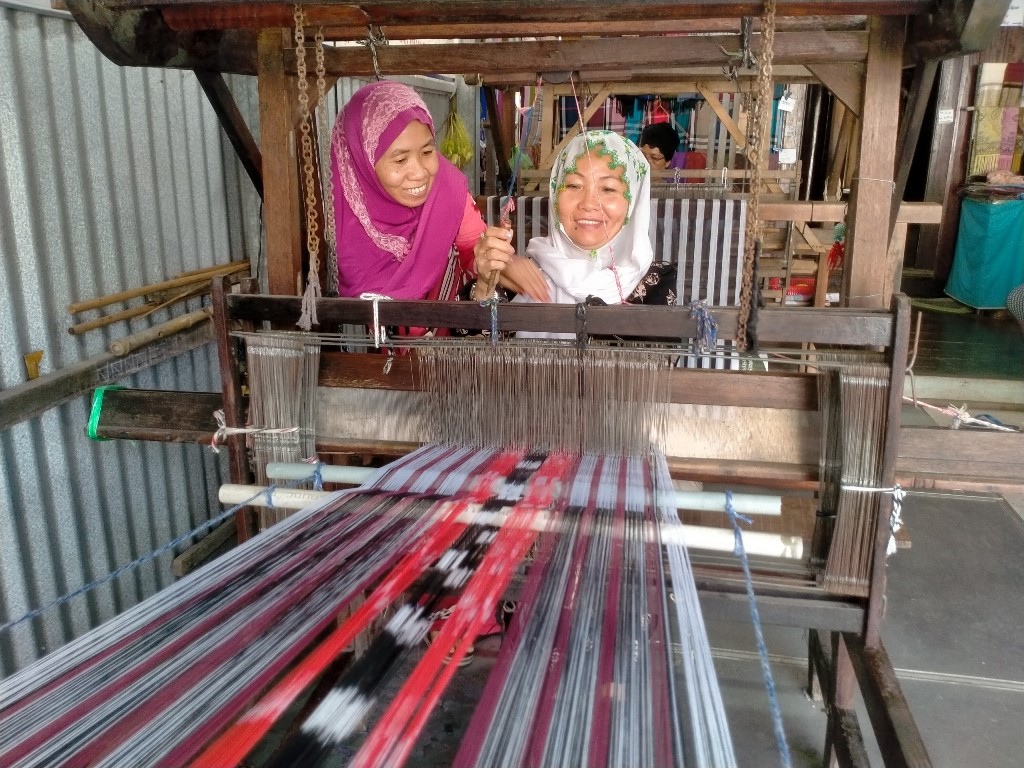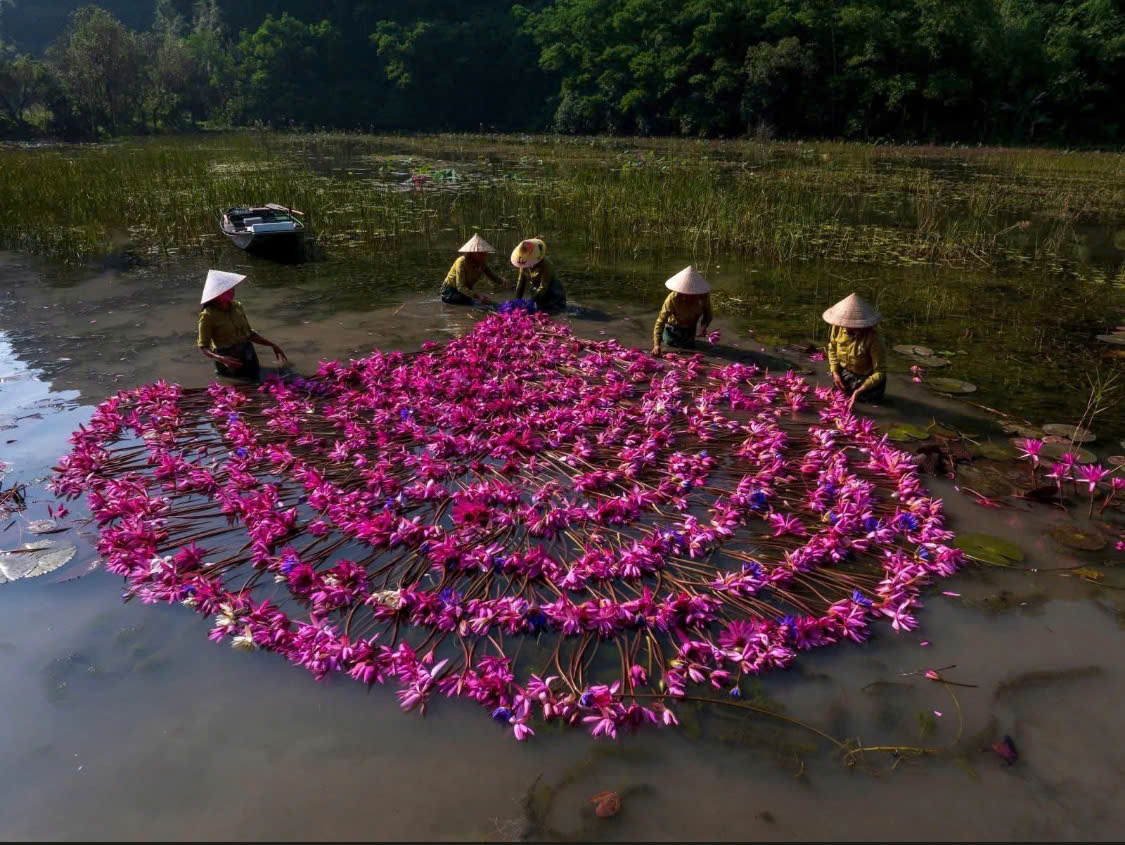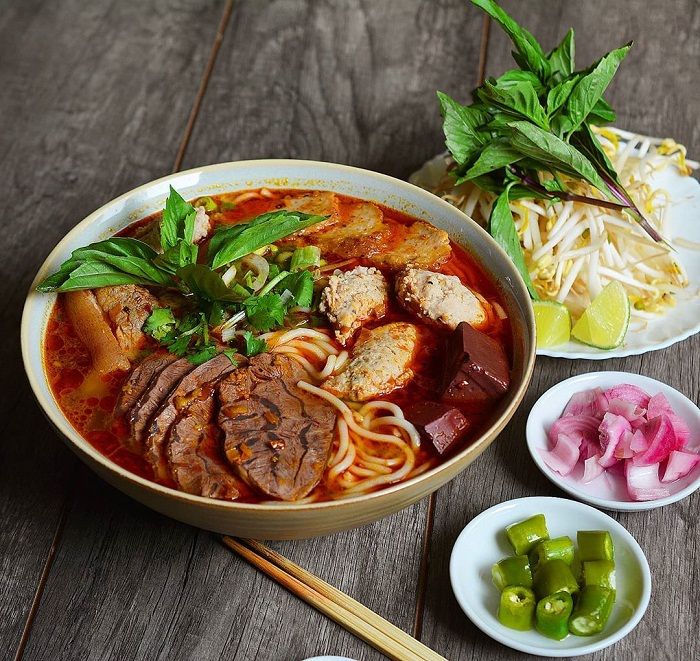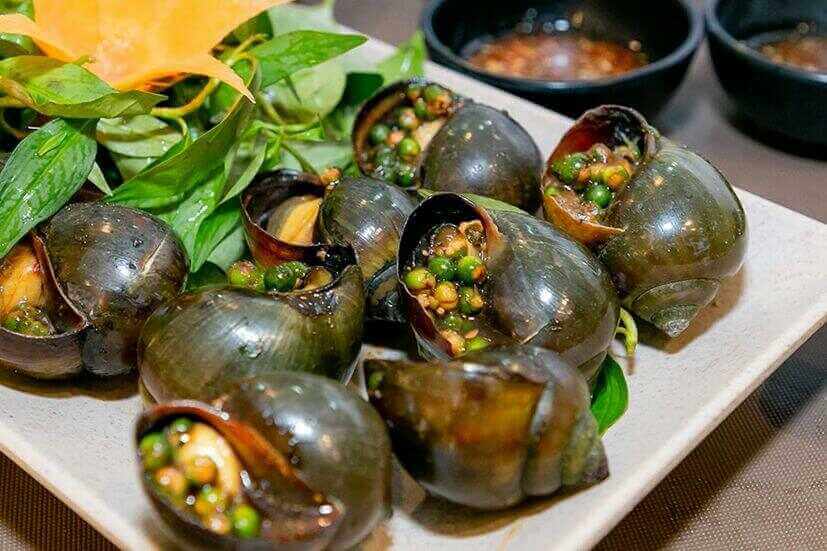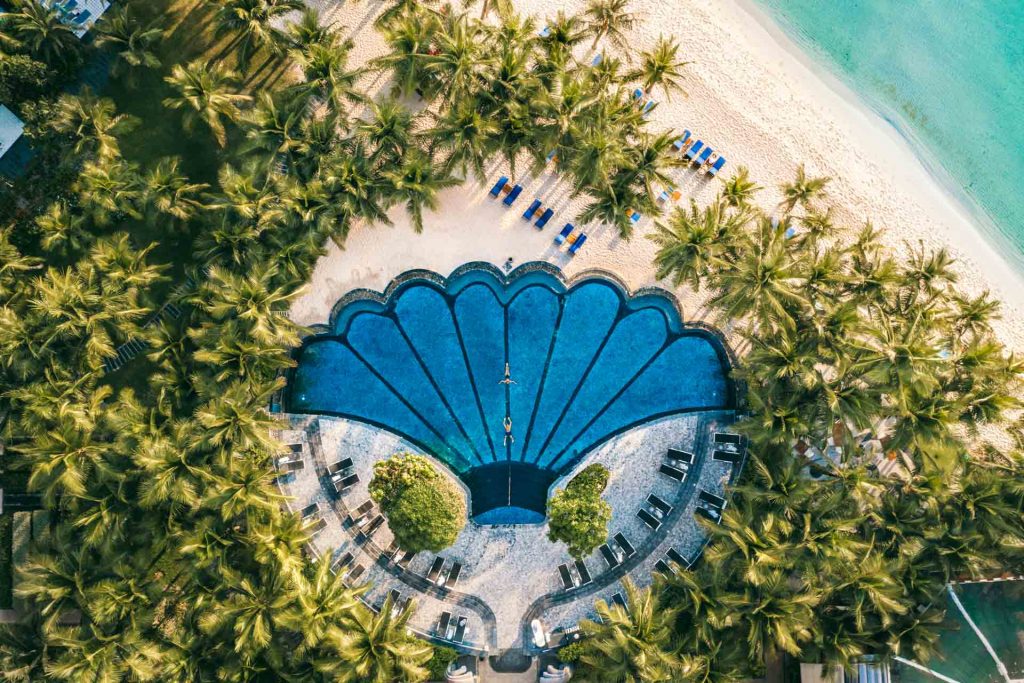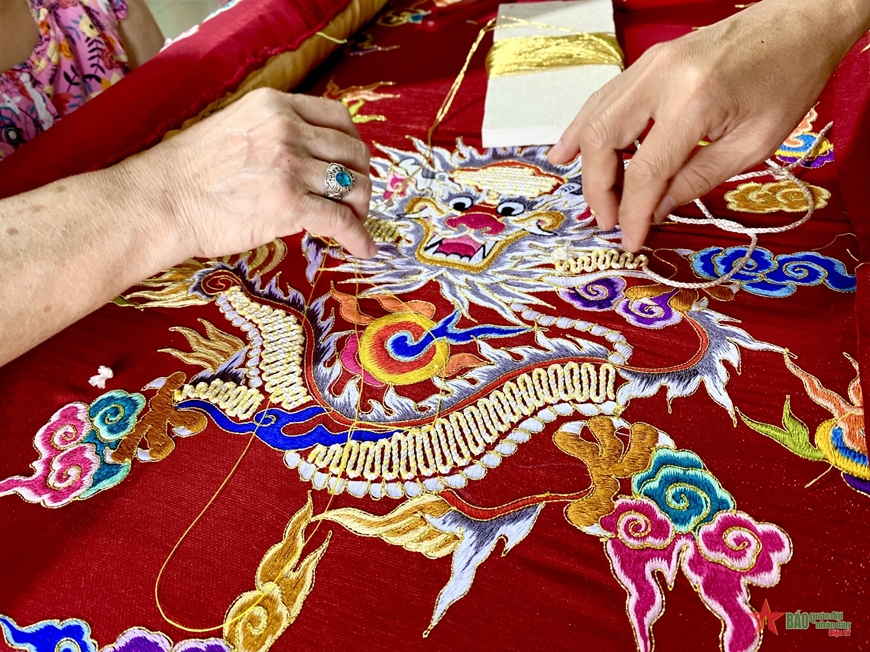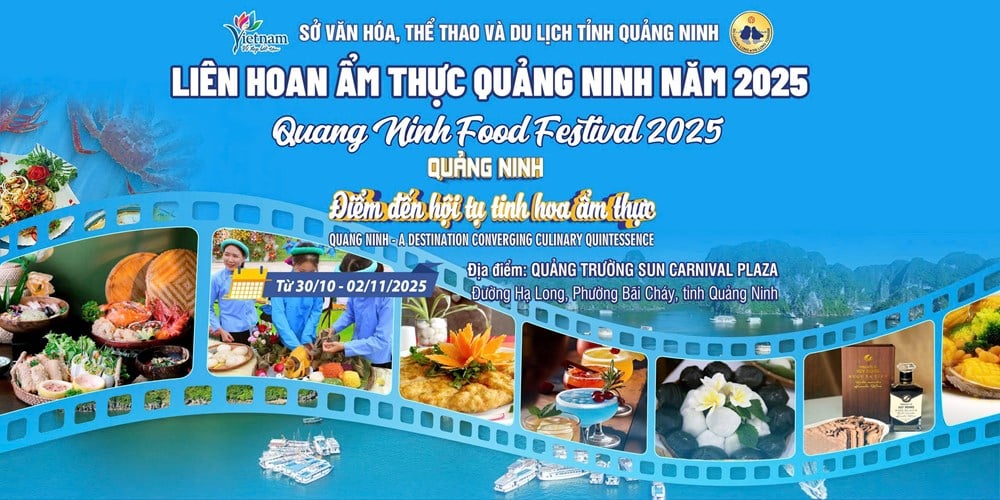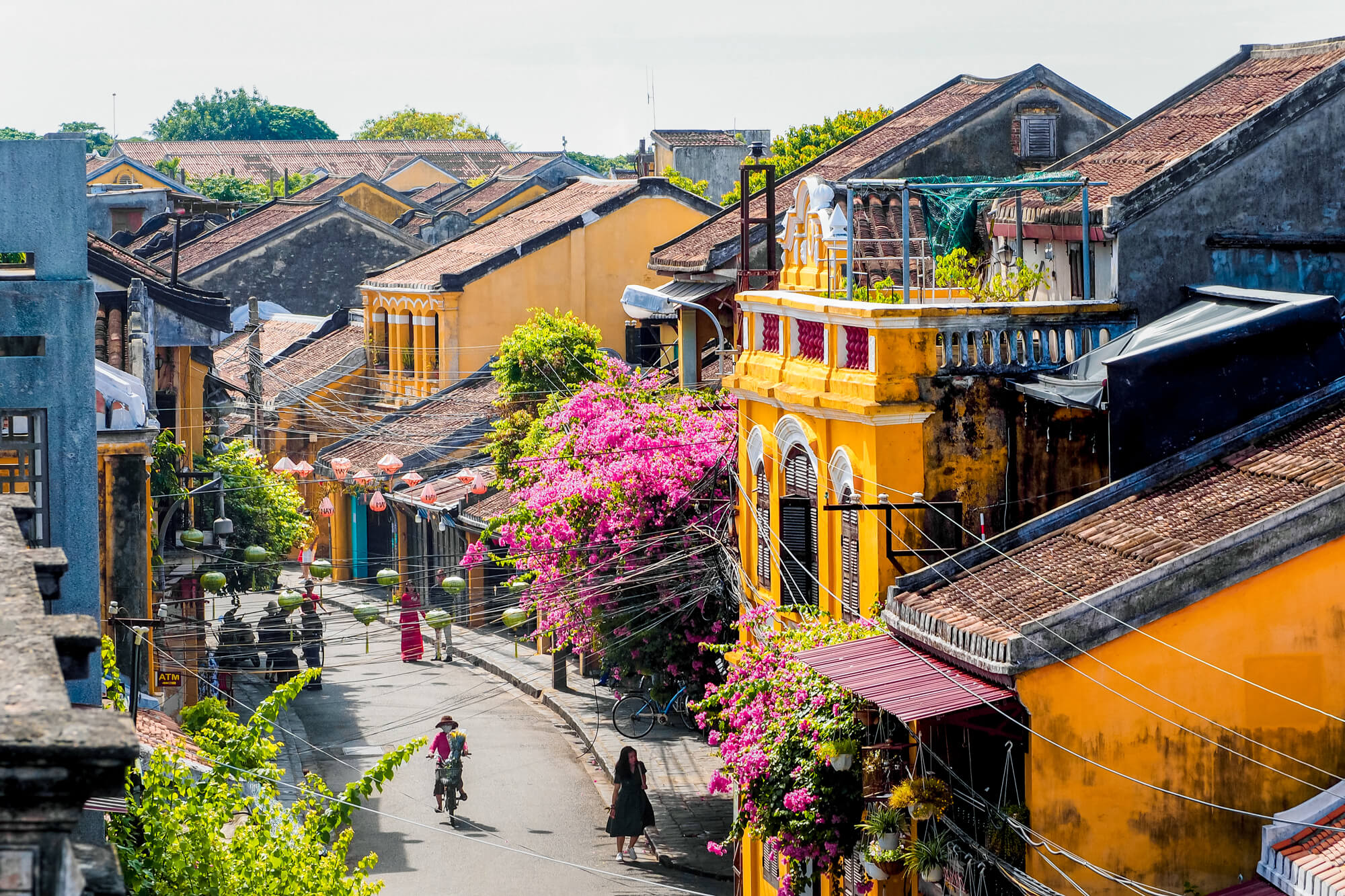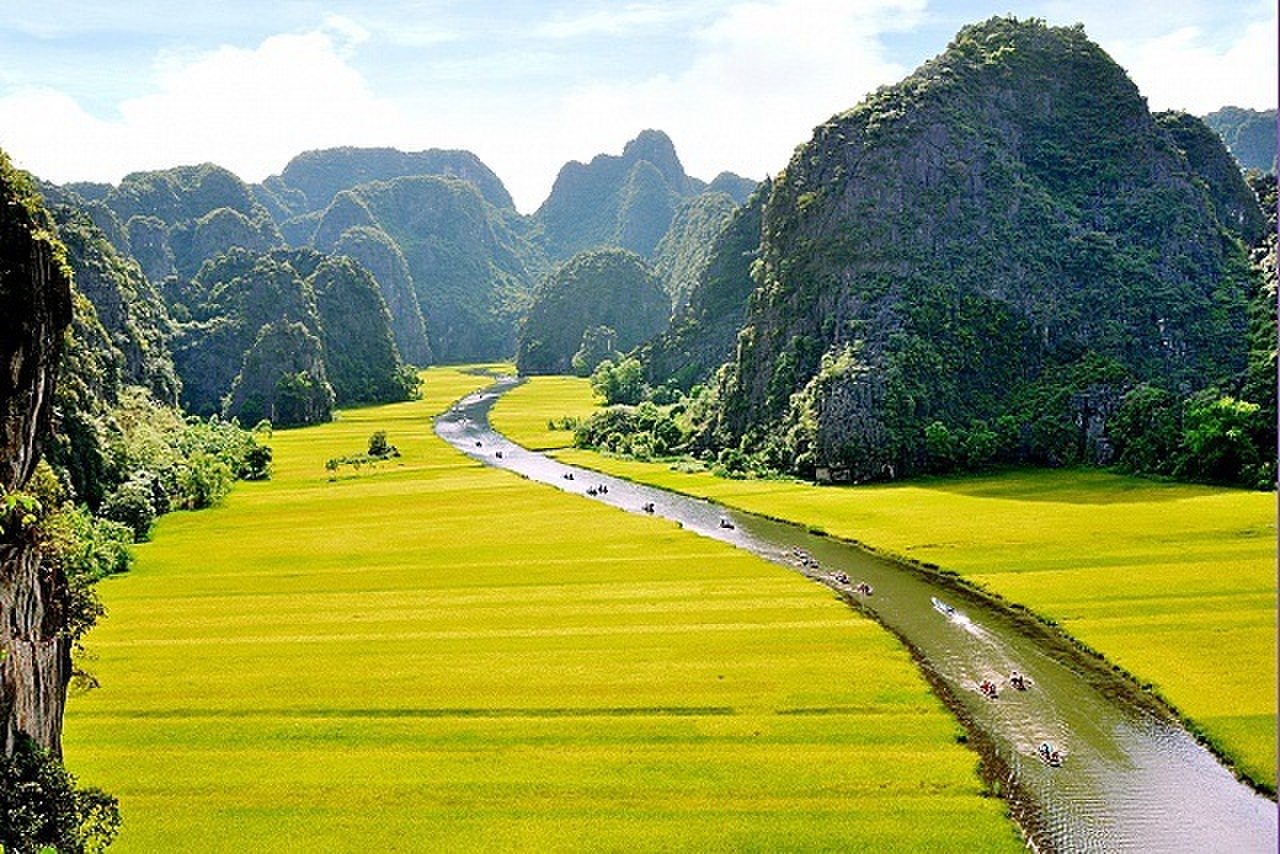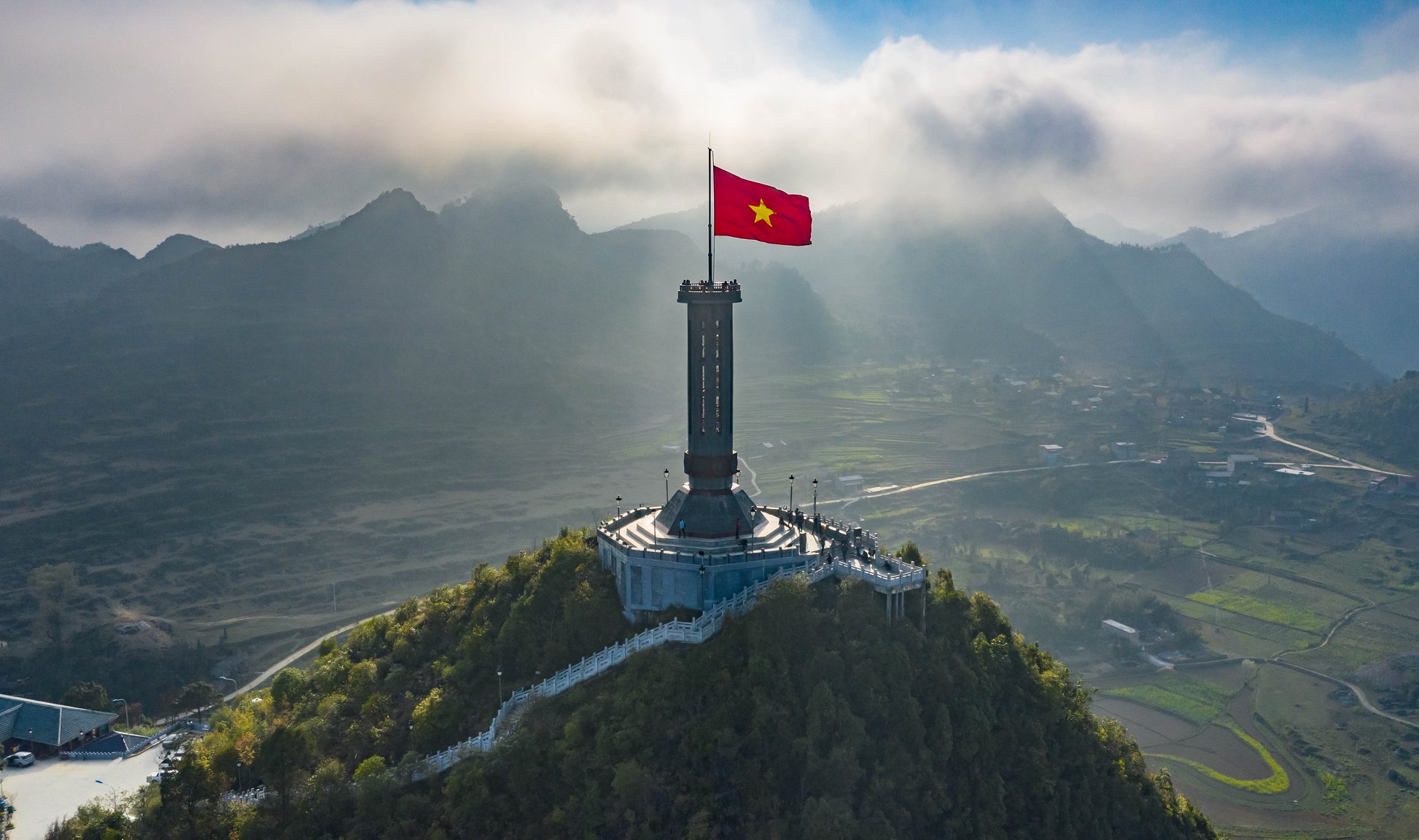Bac Ha Market: Exploring Vietnam’s Colourful Ethnic Market in the Northern Highlands
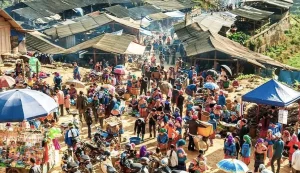
Bac Ha Market has long been known as one of the most unique markets in Bac Ha, Lao Cai, showcasing the traditional culture and vibrant life of the Hmong, Tay, Nung, Dao, and Phu La ethnic minorities. It is an attractive tourist destination for both domestic and international visitors when they come to Bac Ha. In particular, at Bac Ha Market, visitors can enjoy the famous Thang Co dish, drink cups of corn wine filled with the aroma of the earth and sky, or sip the bitter-sweet taste of Tam That flower tea and Ban Lien tea.
In the past, locals would travel to Bac Ha on Saturday evenings to prepare for the only market day of the week, bringing along a variety of goods such as brocade textiles, forest vegetables, household items, livestock, poultry, and more. They would set up their own stalls by stretching tarpaulins, erecting tents, or simply displaying their goods on small tables. However, Bac Ha Market has now undergone a significant transformation.
Today, the market is organized on a larger and more modern scale, with a spacious cement-paved area divided into separate stalls and clustered by product categories like brocade, agricultural tools, agricultural products, food, and livestock. This arrangement aims to make it easier for people to find and purchase the necessary goods.
Discovering Bac Ha Market: Location, Access, and Ideal Time to Visit
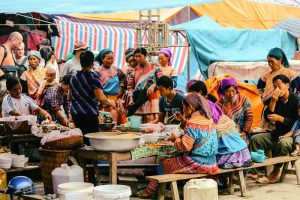
Location: Where is Bac Ha Market?
Bac Ha Market is one of the most vibrant markets in Lao Cai and one of the biggest markets in Northern Vietnam. It is a place where the cultural essence of ethnic minorities like Phu La, Hmong, Nung, and Tay converges. Located in the centre of Bac Ha town, 70km from Lao Cai city, the market has become a lively hub for exchange and interaction. First-time visitors are easily overwhelmed by the bustling atmosphere, where buying and selling are not just transactions but opportunities to meet, connect, and share.
From above, Bac Ha cultural market looks like a vibrant flower garden with the colourful dresses of ethnic minority women attending the market, blending with the fresh colours of the stalls. Previously held on a gentle hill, the market has been rebuilt on a concrete foundation and divided into different areas with various sections for selling goods. There are areas for livestock and poultry, a section for miscellaneous items like plows, shovels, and knives, an area for brocade and jewellery, a section for vegetables, tubers, and agricultural products, and a food area with steaming pots of Thang Co, spreading its enticing aroma.
How to get to Bac Ha Market?
If you have the opportunity to visit misty Sapa on the weekends, then you definitely shouldn’t miss the unique Bac Ha Market. You can get there by traveling from the center of Lao Cai city along National Highway 70. When you reach Bac Ngam village, turn left and continue for about 30km to reach the market.
Please note that the road to Bac Ha Market has some winding and difficult sections, so if you’re traveling by motorbike, you must be extremely careful. Typically, it takes about 3 hours to travel from Lao Cai city to participate in the bustling Bac Ha Market.
Additionally, Bac Ha Market is located about 135km from the center of Sapa, and the road is quite challenging with many hilly sections. However, if you’re starting from Sapa, you can choose to travel by motorbike or car.
What is the ideal time to visit Bac Ha Market?
Like other famous markets in Sapa, Bac Ha Market is only open on one specific day of the week, every Sunday. The market opens early in the morning and usually closes at 2 pm.
In the past, to prepare for this only market day of the week, people living in distant villages would travel to Bac Ha on Saturday evening to be on time for the market. They would bring various kinds of brocade textiles, forest vegetables, household items, livestock, poultry, etc., to trade at the market. At the market area on the hill, they would set up their own stalls by spreading tarpaulins, erecting tents, or directly displaying their products.
Nowadays, the market has been built in a spacious area with a concrete foundation. It is also divided into different sections: brocade section, agricultural tools section, agricultural products section, food section, livestock section, etc., to facilitate trading for the people. It’s not an exaggeration to say that Bac Ha Market is a bustling commercial center in the mountainous region.
Unique features of Bac Ha Market
Brocade shop area
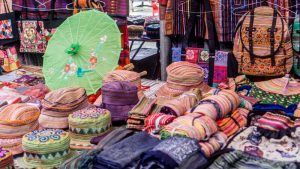
The brocade stalls at Bac Ha Market are all decorated beautifully and elaborately by the locals, covered in vibrant and colorful brocade fabrics. The brocade items sold at the market are all embroidered and woven by the people of the Northwest themselves. Sometimes, completing these products takes them a whole month or even a year.
You will be able to handpick brocade fabrics, dresses, bags, scarves, and dolls made from brocade with unique patterns and distinct beauty, each one different from the other.
However, because they are entirely handmade and require considerable processing time, the prices of brocade items at the market are a bit high. You need to be very discerning and choose carefully to find beautiful items with quality that match the price you pay.
Sapa Specialties
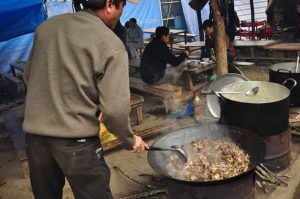
In the largest market in the Northwest, how can there not be local specialties with irresistible flavors? In the Sapa specialty area, you can easily find countless dishes that have made a name for the local cuisine such as thang co, corn wine, molded corn cakes, men men, sour pho, etc. Use a bowl of Thang Co rich in traditional flavor, then make a sip of the delicious corn wine.
Livestock selling
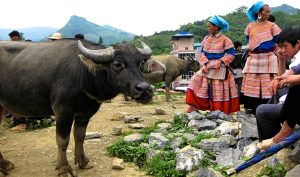
A highlight of Bac Ha Market is that it has a dedicated area for selling various types of livestock, such as buffaloes and horses – two animals closely associated with the daily life and vast fields of the Northwestern people – as well as black Mong pigs, cats, and the famous Bac Ha dog breed known for their intelligence and adorable fluffy appearance.
A bustling corner of Bac Ha Market is dedicated to livestock trading. Here, the air fills with the sounds of mooing cows, grunting pigs, and clucking chickens as farmers from surrounding villages gather to buy and sell their animals. The bargaining is lively, hands gesture animatedly, and deals are struck with a firm handshake. Water buffalo, prized for their strength in the fields, are often the centerpiece of negotiations. This livestock section offers a glimpse into the agricultural heart of the region, where animals play a crucial role in the livelihoods of local communities.
Conclusion
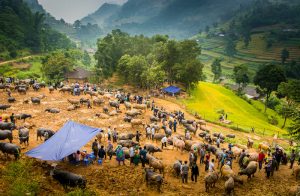
In the current trend of commercialization of highland markets, Bac Ha is one of the rare places that is still trying to preserve and preserve the national identity and unique features of ancient markets. The Bac Ha market is imbued with the community activities of ethnic people in the northwestern highlands of Lao Cai, helping people here preserve unique traditional cultural values. Currently, this market is still attracting a large number of domestic and foreign tourists to visit and explore.



